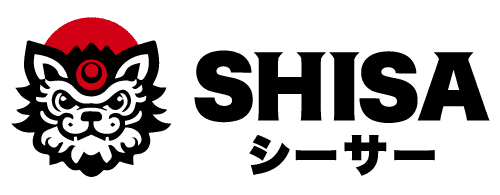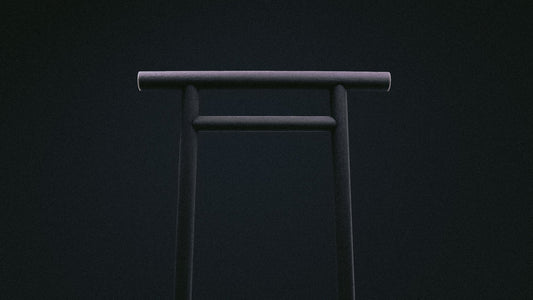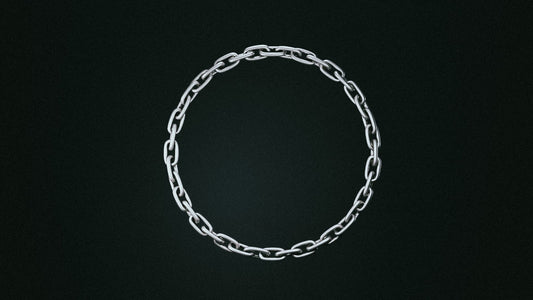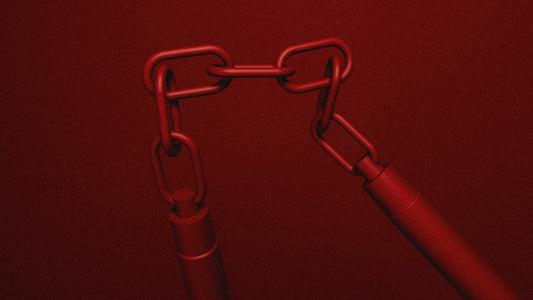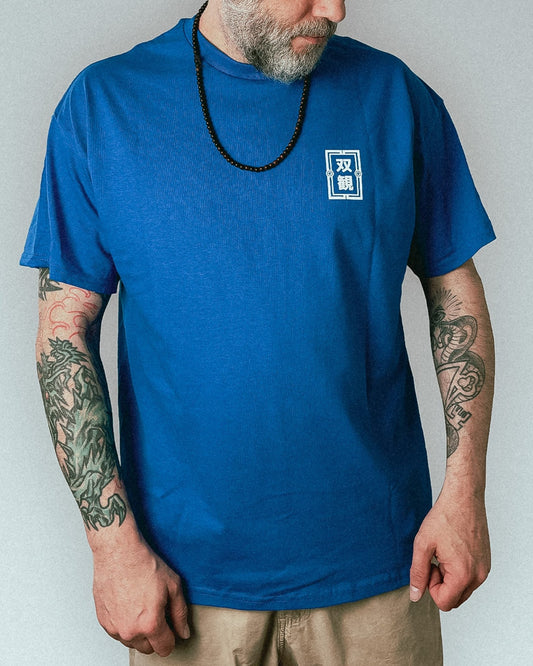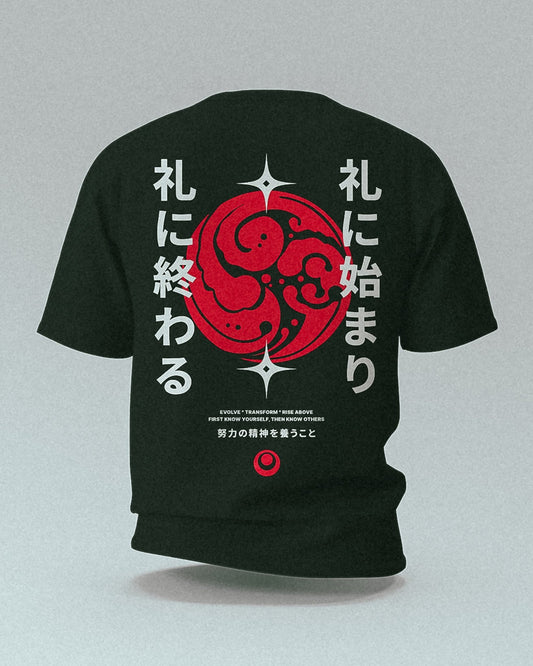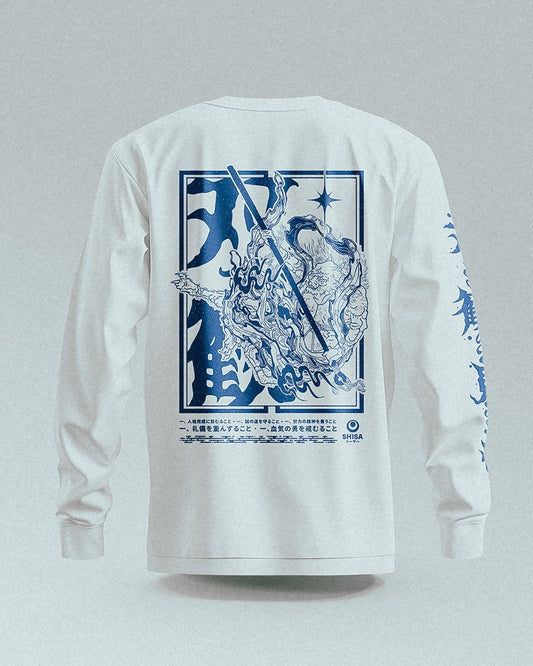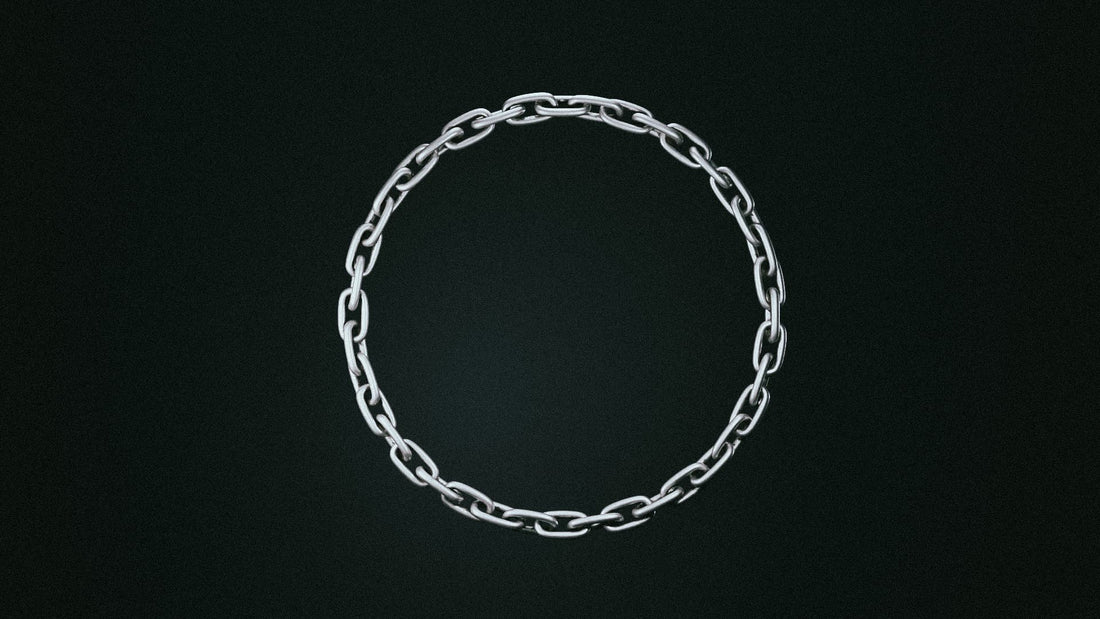
Iron Roots
Average reading time: 8-10 minutes
Welcome to our first exploration into traditional martial arts strength and conditioning methods. We'll dive into the strength training philosophies of various martial arts, searching for universal principles that transcend style and culture. At first we came across the hojo undo (which can be translated to „supplementary exercises“) and its roots in Okinawan karate dojos.
The simplicity of effectiveness
Traditional Okinawan karate is built on four main doctrines: fitness, strength, strategy and application. Hojo undo forms the genesis of "strength". Many of the tools and methods originated in China and were used by practitioners of kung fu. Eventually they found their way to Okinawa and other east asian regions. Some were kept in its original application, others were modified and inspired the development of new methods.
The power of hojo undo lies in the integration of body, breath, and mind. Most hojo undo exercises do not focus on strengthening isolated muscle groups but are designed to enhance the natural body movements used in martial arts training. These functional fitness methods were designed not just for movement efficiency, but for the development of what the Japanese call ki (気)—the cultivation of internal energy and focus.

The Makiwara
Perhaps the most famous tool within the hojo undo arsenal is the makiwara. A stout post set in the ground or attached to an internal wall, no more than four inches wide and padded at the top to accommodate the fist slamming repeatedly into it.
The makiwara conditions the hands from various striking positions like seiken (fore fist) where only the knuckles of the middle and index fingers make contact with the target, uraken (back fist), empi (elbow) shuto (outer edge of the hand) and haito (inner edge of the hand).
The makiwara checks for correct implementation of striking techniques and its feedback can be quiet painful when done wrong. It also trains stance, coordination, breathing and most of all makes you feel the impact of your strikes. Something that can’t be achieved with punching fresh air.

Chi-Ishi
The term chi-ishi roughly translates to "strength stone". It's basically a stone weight connected to a short wooden handle. In terms of its dynamic and overall body use you can compare it to the agile nature of exercises you can achieve with a kettlebell.
In chi-ishi training you swing the pole in various directions to mimic striking motions and blocks in a kata setting. This helps develop the specific muscles involved while enhancing wrist flexibility and stability. The integration of grip strength, core engagement and breathing coordination is another similarity with the Russian cannonball.
If that sounds too abstract take a look at this video of Masuda sensei showing some chi-ishi workout routines.
Iron Grip
Several tools focus specifically on grip and forearm development, recognizing that power originates from the hands and travels through the entire kinetic chain.
Nigiri Game (Gripping Jars): Nigiri game are ceramic jars filled with sand in different weights. The jars are gripped around a lipped rim. The practitioner moves in varying stances while holding the jar in order to strengthen the arms, shoulders, back, legs, and grip. Ancient isometrics if you will.
Ishi Sashi (Stone Padlocks): Ishi sashi are hand-held weights in the shape of padlocks, traditionally made of stone. These tools develop not just grip strength, but the specific finger and forearm conditioning needed for grappling and control techniques.
Makiage Kigu (Wrist Roller): The makiage kigu is a rope attached to a wooden bar at one end and a weight at the other end. The karateka holds the wooden bar and rotates his hands. This causes the rope to curl around the wooden bar and the weight to rise up towards the bar. This training tool is also used to develop hand, wrist, and forearm strength through rotational movements that directly translate to grappling and striking techniques.
Tetsu Geta (Iron Sandals): The term tetsu geta combines "tetsu," which means iron, and "geta," which typically refers to traditional Japanese wooden sandals. These sandals weigh about 3 to 5 kilograms. Tetsu geta are worn like sandals, but require gripping the clogs with one's toes. The practitioner moves around and kicks while wearing them. This tool is similar to modern ankle weights but requires active engagement of the foot muscles, developing not just strength but also the specific motoric patterns used in karate kicking techniques.
Jari Bako (Sand Box): This training tool helps to strengthen the finger joints and harden the tips of the finger to favor open hand techniques such as nukite. The jari bako is a box or bowl filled with different materials, depending on the progress of the hand conditioning. At the beginning the box is filled with dry rice that is used by striking one's fingers into it. The next stage would be a filling with sand, known as suna bako, and after that gravel or smooth stones are used. The progression from rice to sand to gravel represents a systematic approach to conditioning that builds tolerance gradually while strengthening the hands for penetrating techniques.

The Kongoken
Of all the tools used in traditional karate, the kongoken traveled the longest way. Coming from the mid-Pacific islands of Hawaii all the way to Okinawa in 1934. When visiting the island sensei Chojun Miyagi witnessed local wrestlers working with a heavy iron ring, almost as large as a man. This might have been a link from an anchor chain originally but since there’s no first hand information on the origin of the kongoken it’s all up to speculations.
The kongoken is a metal bar formed into an oval that can vary in weight. In training you can use it to build strength for powerful forearms by rotating movements, use it for various pressing exercises or as additional weight for push-ups. Its unusual form forces you to work on your balance as a bonus.

Kata as Conditioning
One of the most sophisticated aspects of karate conditioning is the use of kata as a complete training system. Anecdotally, six-time karate World Champion Mona Pretorius performed no other external conditioning training during her karate career. Everything was performed on the mats by varying the intensity of the kata being practiced.
Here are some conditioning benefits:
- Aerobic and Anaerobic Development: The research suggests that the duration of the kata is what dictates the energy system contributions
- Dynamic Tension Training: Certain kata like Sanchin and Hangetsu incorporate isometric tension throughout the movements
- Breathing Integration: Advanced kata seamlessly blend movement with specific breathing patterns
- Mental Conditioning: The meditative aspects of kata practice develop focus and mental resilience
Whether you practice karate, mixed martial arts or any other combat system, ancient methods offer proven pathways to strength, conditioning, and the integration of body and mind that defines true martial prowess. As always explore for yourself and see if it fits.
Thanks for reading & happy training
